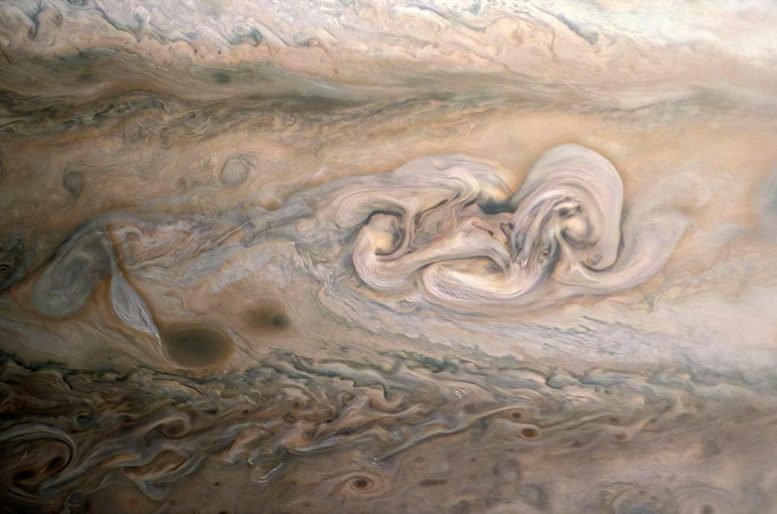
“Clyde’s Spot” on Jupiter imaged by Juno on April 15, 2021. Credit: Image data: NASA/JPL-Caltech/SwRI/MSSS. Image processing by Kevin M. Gill © CC BY
NASA’s Juno spacecraft captured the intriguing evolution of a feature in the giant planet’s atmosphere known as “Clyde’s Spot” during its 33rd low pass over the cloud tops of Jupiter on April 15, 2021.
The feature is informally named for amateur astronomer Clyde Foster of Centurion, South Africa, who discovered it in 2020 using his own 14″ telescope. On June 2, 2020, just two days after Foster’s initial discovery, Juno provided detailed observations of Clyde’s Spot (image below), which scientists determined was a plume of cloud material erupting above the top layers of the Jovian atmosphere just southeast of Jupiter’s Great Red Spot, which is currently about 1.3 times as wide as Earth. These powerful convective outbreaks occasionally occur in this latitude band, known as the South Temperate Belt. The initial plume subsided quickly, and within a few weeks, it was seen as a dark spot.
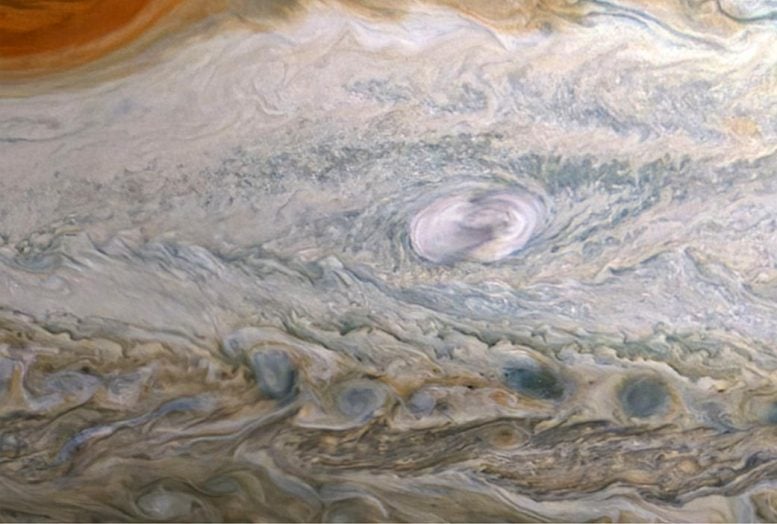
“Clyde’s Spot” on Jupiter imaged by Juno on June 2, 2020. Credit: Image data: NASA/JPL-Caltech/SwRI/MSSS. Image processing by Kevin M. Gill © CC BY.
Many features in Jupiter’s highly dynamic atmosphere are short lived, but the April 2021 observation from the JunoCam instrument (top image) revealed that nearly one year after its discovery, the remnant of Clyde’s Spot had not only drifted away from the Great Red Spot but had also developed into a complex structure that scientists call a folded filamentary region. This region is twice as big in latitude and three times as big in longitude as the original spot, and has the potential to persist for an extended period of time.
The lower image was taken on June 2, 2020, around 3:56 a.m. when the spacecraft was about 28,000 miles (45,000 kilometers) from Jupiter’s cloud tops. The upper image was taken on April 15, 2021, at 4:58 p.m. PDT (7:58 p.m. EDT). At the time, the spacecraft was about 16,800 miles (27,000 kilometers) from Jupiter’s cloud tops, at a latitude of about 30 degrees South. Another citizen scientist, Kevin M. Gill, processed both images from raw JunoCam data.
JunoCam’s raw images are available for the public to peruse and process into image products at https://missionjuno.swri.edu/junocam/processing. More information about NASA citizen science can be found at https://science.nasa.gov/citizenscience and https://www.nasa.gov/solve/opportunities/citizenscience.



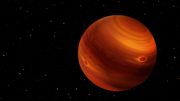
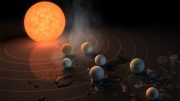
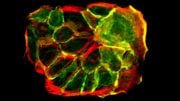

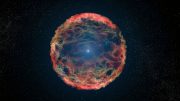
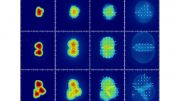
Look! It’s trying to send us a signal…<;-)
There defrosting process in would forethought mixture not cold gas,s creating castorpic storm with gases captured between plant and own gravital pull crate beautiful signs patterns documenting 🔭
Looks like Joe Camel wearing Ray-Bans upper right.
Global warming
Ha! I totally see Joe Camel.
Joe Camel very very funny it’s nice to see the just some amateur was allowed to found this amazing Mystery Spot and the fact that it’s Clyde spot has grown into something new just interesting how much we are going to find out about our solar system
Does no one else see the resemblance between the pattern in Clyde’s spot and a tesla valve. If you put them on top of each other it’s spot on.
There you got more proof that planet x is affecting us big time rt now things are obviously heating up every where. Global warming caused by humans my ass just what they want you to believe. Then again everyone fell for the virus epidemic rt so why wouldn’t they fall for this too…. Wake up people what’s next nothing tops the biden for president though how imbarrassing…..
Globowabbo?
That sure does look like Joe Camel wearing sun glasses. Very awesome observation there dudealy dude. So cool!
Love the connection! I see it! Long hair beatnik Joe!
The flowing ribbon in the storm is being influenced by the large amounts of Nitros Oxide rotating around the clouds
Gods signs and wonders!
To me it looks like a near blind profit writing on a scroll…
To me in my vision, it looks like a Snake, going through a underground part of a land structure, you can see some green like grass, up higher, but, my theory, is Climate control, the land is becoming Unearthed, sink holes, Acient discovery, etc.
It DOES LOOK LIKE Joe Camel! LMBO 🤣😁😂🤣🤣😁😂😁🤣😁😂🤣🤣🤣🤣🤣😁🤣😁😂🤣😁😂😁😁🤣😁😂🤣🤣🤣🤣🤣
The Heavens declare the Glory of God!
Interesting
Just to know that there is such wicked Beauty out in space that we have not even come across or just discovering our own neighborhood much less what we know about Earth as a matter of fact cuz we don’t even know s*** about our own planet
Global warming!
Joe Camel, perhaps, but IMO,it really looks like Alf wearing aviators glasses.
No doubt caused by greenhouse gas emissions. When will the greedy Americans learn.
Looks like Jar Jar too.
“Left-turn Clyde..”
The lion sleeps tonight
Art creates itself
Ames H, I saw the Tesla Valve instantly, and Googled who else might have mentioned it. I believe the same mechanisms of turbulence may sustain such weather patterns much longer on planets with relatively low drag or disturbance (near ideal limits for atmosphere velocities), such as on gas giants. The atmosphere resonates on macro scales based on low pressure vs high pressure points in the storms tail.
Every one’s got an opinion, but noone has any proof, 😆, sounds like our government and fake news
That is definitely Puff the magic dragon blowing a cloud of smoke as his mighty mane flows back in the distance.
That’s where Joe Camel went when we banned him from Earth
I see Michae Jackon lower right edge.
Whoops Middle right edge. Kind of at an angle